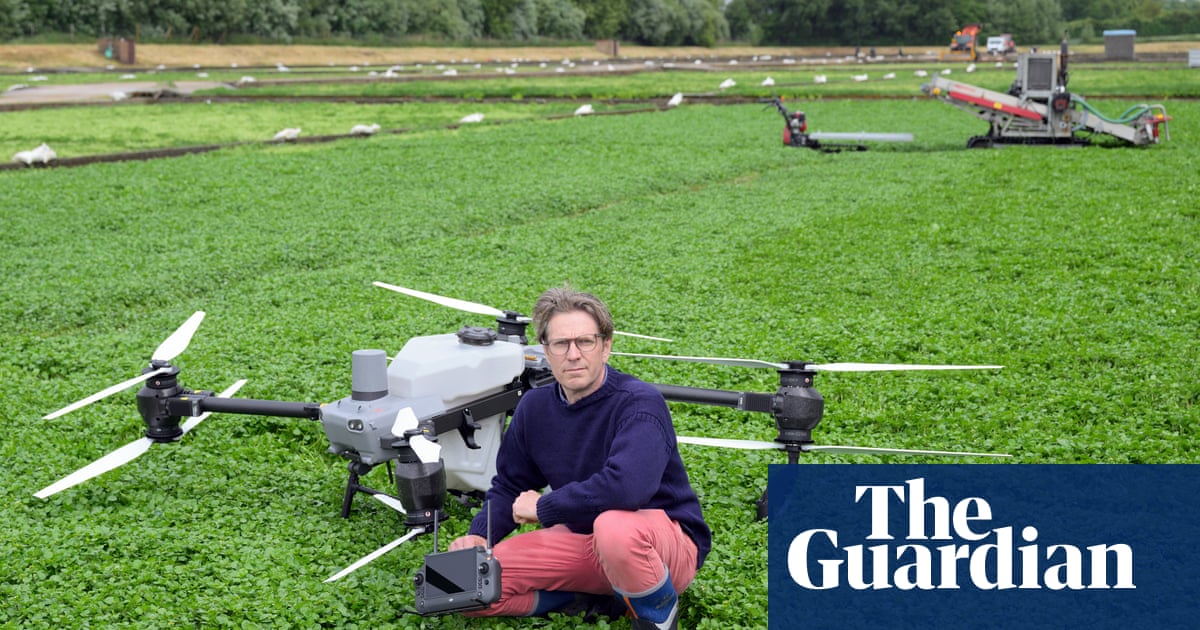Trump blocks California rules for greener vehicles and gas-powered car ban | Trump administration

Donald Trump has blocked California’s first-in-the-nation rule banning the sale of new gas-powered cars by 2035, signing a resolution on Thursday to stymie the state’s ambitious attempt to tackle the climate crisis by pivoting to greener vehicles.
The state quickly announced it was challenging the move in court, with California’s attorney general holding a news conference to discuss the lawsuit before Trump’s signing ceremony ended at the White House.
The resolution was approved by Congress last month and aims to quash the country’s most aggressive attempt to phase out gas-powered cars. Trump also signed measures to overturn state policies curbing tailpipe emissions in certain vehicles and smog-forming nitrogen oxide pollution from trucks.
California has some of the worst smog and air quality issues in the nation, and has for decades been able to seek waivers from the Environmental Protection Agency that have allowed the state to adopt stricter emissions standards than the federal government.
But Trump, who has pledged to revive the US auto manufacturing industry and boost oil and gas drilling, called California’s regulations “crazy”.
“It’s been a disaster for this country,” he said at a White House ceremony where he signed the resolutions.
In his first term, Trump revoked California’s ability to enforce its own standards, but which Joe Biden reinstated in 2022.
The move is latest in an ongoing battle between the Trump administration and heavily Democratic California over issues including tariffs, LGBTQ+ rights and immigration.
The state is already involved in more than two dozen lawsuits challenging Trump administration actions, and the state’s attorney general, Rob Bonta, announced the latest one at a news conference in California. Ten other states, all with Democratic attorneys general, joined the lawsuit filed on Thursday.
“The federal government’s actions are not only unlawful; they’re irrational and wildly partisan,” Bonta said. “They come at the direct expense of the health and the wellbeing of our people.”
The three resolutions Trump signed will block California’s rule phasing out gas-powered cars and ending the sale of new ones by 2035. They will also kill rules that phase out the sale of medium- and heavy-duty diesel vehicles and cut tailpipe emissions from trucks.
In his remarks at the White House, Trump expressed doubts about the performance and reliability of electric vehicles, though he had some notably positive comments about the company owned by Elon Musk, despite their fractured relationship.
“I like Tesla,” Trump said.
In remarks that often meandered off topic, Trump used the East Room ceremony to also muse on windmills, which he claimed “are killing our country”, the prospect of getting electrocuted by an electric-powered boat if it sank and whether he’d risk a shark attack by jumping as the boat went down.
“I’ll take electrocution every single day,” the president said.
When it comes to cars, Trump said he likes combustion engines but, for those that prefer otherwise, “if you want to buy electric, you can buy electric”.
The Alliance for Automotive Innovation, which represents major carmakers, applauded Trump’s action.
“Everyone agreed these EV sales mandates were never achievable and wildly unrealistic,” John Bozzella, the group’s president and CEO, said in a statement.
Newsom, who is considered a likely 2028 Democratic presidential candidate, said Trump’s action was a continuation of his “all-out assault” on California.
“And this time he’s destroying our clean air and America’s global competitiveness in the process,” Newsom said in a statement. “We are suing to stop this latest illegal action by a president who is a wholly owned subsidiary of big polluters.”
after newsletter promotion
The signings come as Trump has pledged to revive American auto manufacturing and boost oil and gas drilling.
The move follows other steps the Trump administration has taken to roll back rules that aim to protect air and water and reduce emissions that cause climate change.
The Environmental Protection Agency on Wednesday proposed repealing rules that limit greenhouse gas emissions from power plants fueled by coal and natural gas.
Dan Becker with the Center for Biological Diversity, said the signing of the resolutions was “Trump’s latest betrayal of democracy”.
“Signing this bill is a flagrant abuse of the law to reward big oil and big auto corporations at the expense of everyday people’s health and their wallets,” Becker said in a statement.
The Associated Press contributed reporting
Source link






